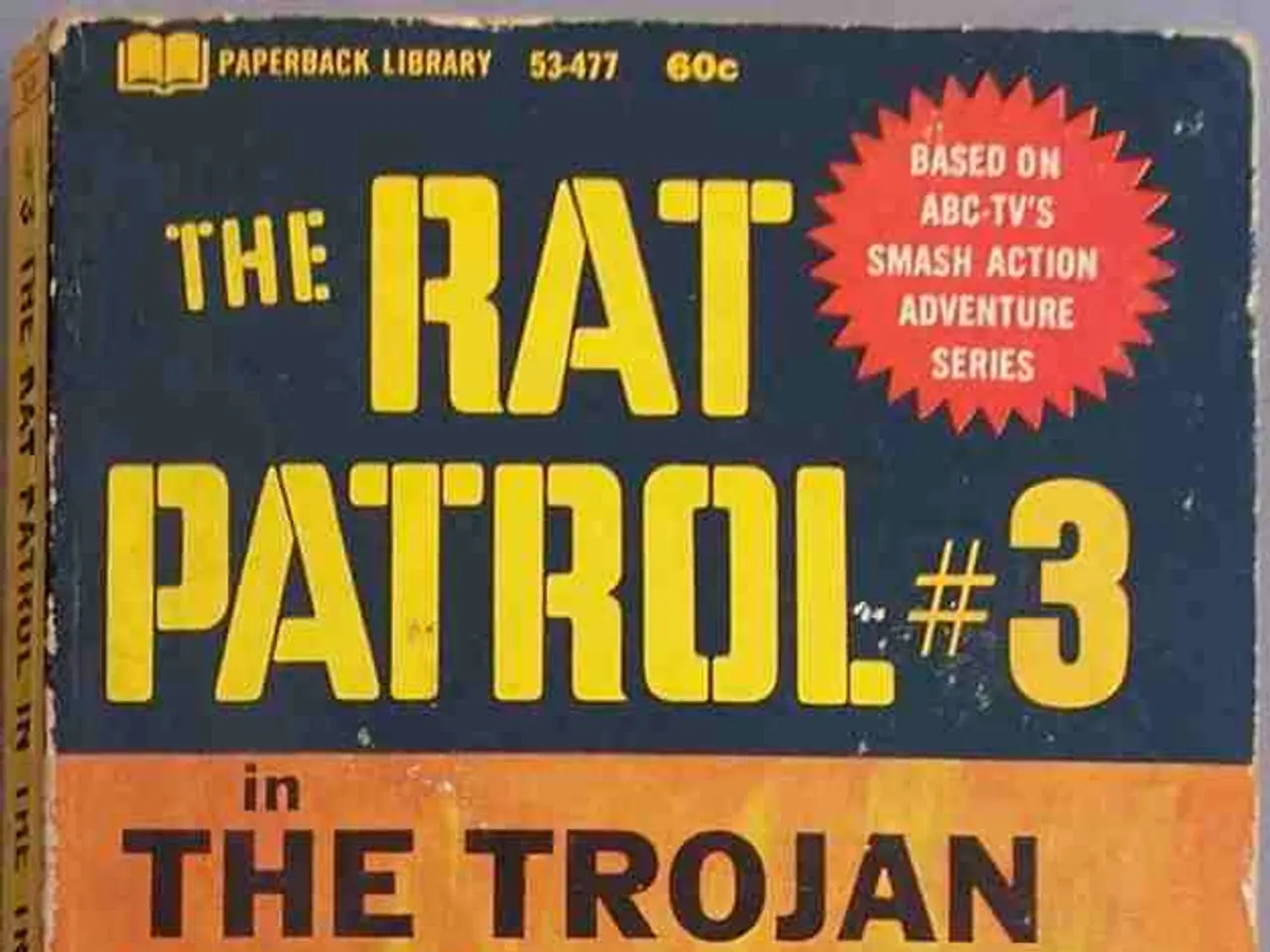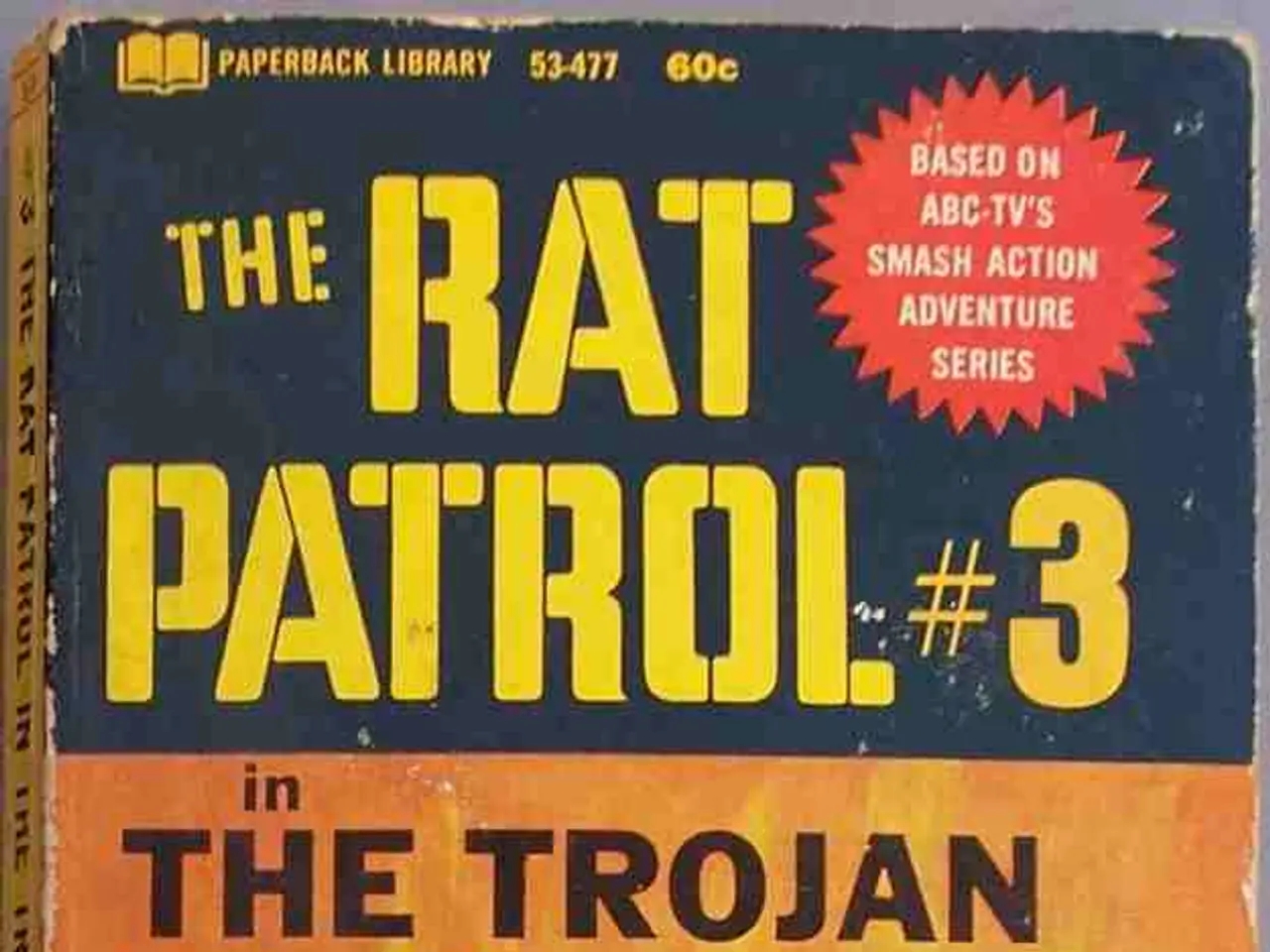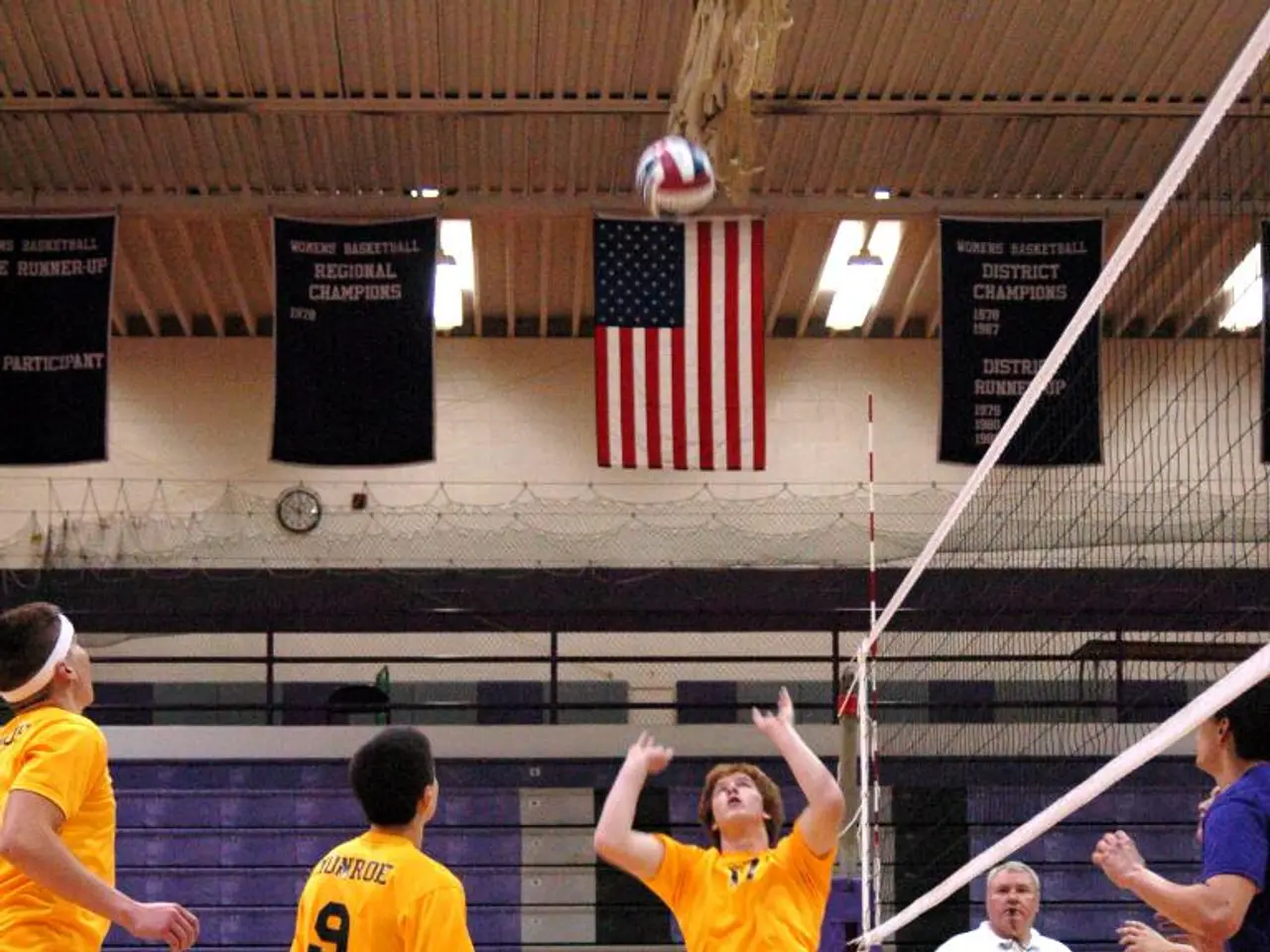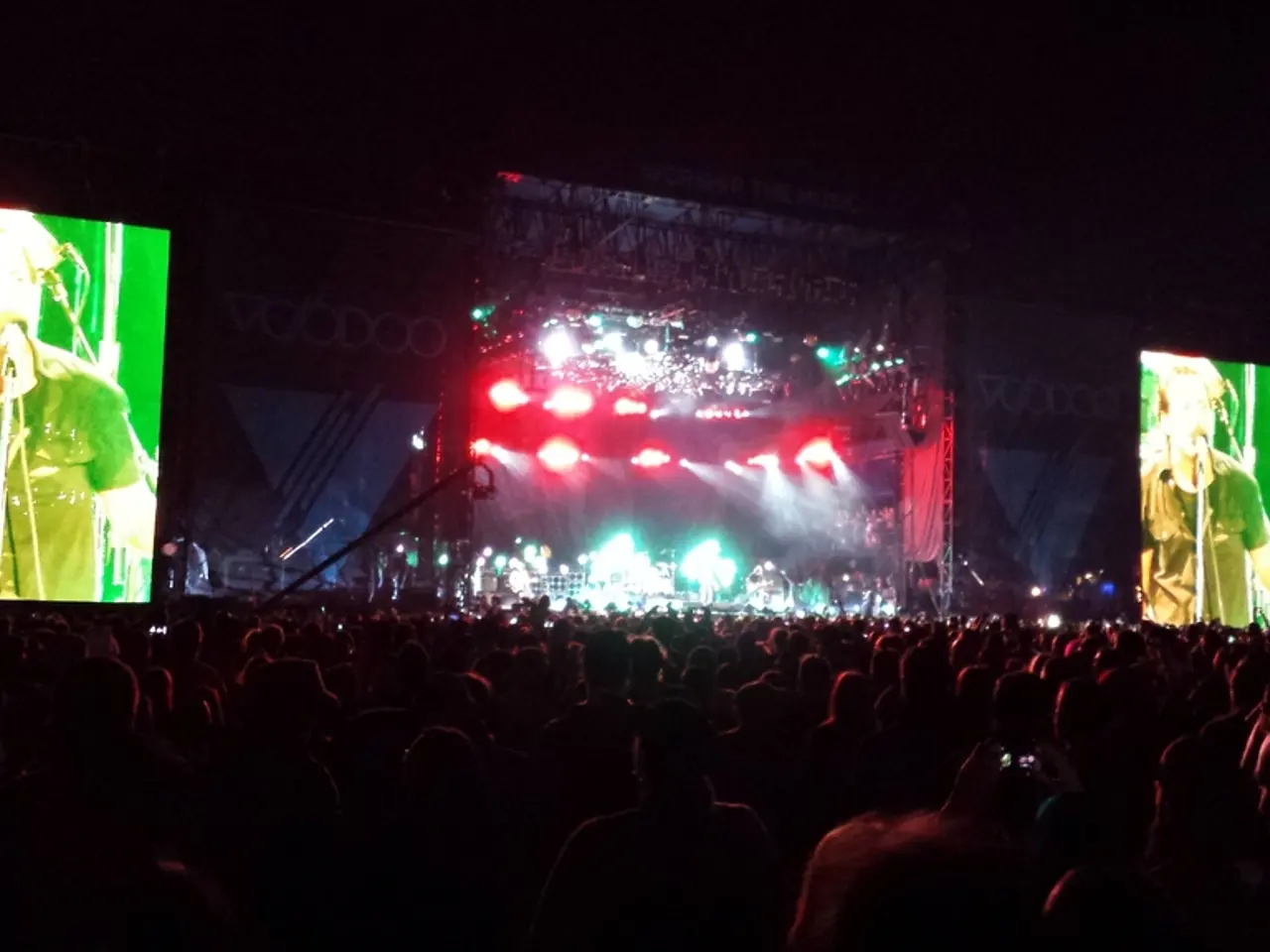Ukraine Deploys Anti-Drone Rifle Shells, Hindering Russian Airstrike Operations
In a significant development on the battlefield, Ukraine has unveiled a new type of counter-drone round for standard NATO rifles, such as the CZ Bren and M4. This innovative defence technology, developed by the Brave1 defence innovation cluster, aims to address the growing threat of agile, low-cost aerial drones, like FPV drones and commercial quadcopters, during combat operations.
The new counter-drone 5.56mm rifle ammunition is designed with a specialized warhead that increases the probability of hitting fast-moving aerial targets compared to conventional ammunition. Externally, the round appears similar to standard 5.56mm NATO rounds, ensuring compatibility with existing weapons and magazines.
Technical specifications about the warhead mechanism remain limited, but some reports suggest that upon firing, the cartridge may break up or deploy fragments to improve the chance of striking drone components. The round's primary improvement over standard rounds is a significantly increased likelihood of neutralizing fast-moving drones.
The ammunition is fully compatible with widely used NATO small arms, allowing immediate deployment across large portions of Ukraine’s armed forces without the need for specialized equipment. The intention is to provide every infantry soldier with the ability to quickly react to aerial threats using their standard-issue rifle, reducing reliance on electronic warfare or heavy air defense systems during critical, fast-evolving combat situations.
The counter-drone rounds are expected to go directly to the front lines, giving soldiers an immediate tool to defend against Russian drones. Small drones have played a central role in the Russian offensive, locating and targeting defensive positions ahead of a ground assault. Artillery is less precise, more resource-intensive, and reveals the location of the firing units, which can then be targeted by Ukrainian drones.
These drones are often usable for only a few weeks before becoming obsolete, but during that short window, they can be highly effective. The new round breaks apart into approximately five fast-moving pellets when fired, creating a shotgun-like spread effective against drones up to 50 meters away.
The fielding of these rounds has the potential to break the ongoing cat and mouse game between drone and counter-drone systems. Direct assaults without drone support are likely to result in high Russian casualties with minimal success. By introducing a direct-fire solution, Ukraine is shifting the balance, as it will be far more difficult for Russia to develop small drones that can evade or survive these counter-drone rounds.
If the drones are neutralized, Russian forces will have to revert to artillery strikes or attempt direct assaults on fortified positions. The counter-drone rounds have been codified under NATO standards, signaling Ukraine's intent to begin large-scale production. Drones are more economical for Russia, especially given current resource constraints. The new counter-drone rounds are arriving in Ukraine at a critical time, during the Russian summer offensive aimed at breaking through entrenched Ukrainian defenses.
Ukraine is increasing production to equip each soldier with at least one magazine of these rounds, allowing for quick defence against drones without additional heavy systems. Videos released by both sides show soldiers spotting drones and running before being chased down and killed, demonstrating that these drones are often detected in time for a response. When Ukrainian soldiers identify an incoming drone, they typically try to seek cover since they know that they are unlikely to shoot it down with their conventional weapons.
As the conflict continues to evolve, both sides are expected to further evolve their tactics, particularly in how they use drones. Russia is deploying drones specifically designed to bypass existing Ukrainian counter-drone systems, making the development of effective countermeasures crucial for maintaining a strategic advantage. The introduction of the Brave1 counter-drone round represents a significant step forward in this ongoing battle, offering Ukrainian forces a powerful new tool in their efforts to defend against aerial threats.
| Feature | Details | |--------------------------|--------------------------------------------------------| | Caliber | 5.56mm NATO | | Compatibility | CZ Bren, M4, other NATO-compatible rifles | | Warhead | Specialized for anti-drone use | | Fragmentation Effect | Reported, but not officially detailed | | Adoption Status | NATO-codified, in limited frontline use | | Intended Target | FPV drones, quadcopters, reconnaissance UAVs | | Purpose | Increase infantry effectiveness against aerial threats |
In the midst of the politically charged Russia-Ukraine war, Ukraine has introduced a novel defense strategy against drones used during the Russian offensive. This new 5.56mm counter-drone ammunition, developed by Brave1, is designed for standard NATO rifles and aims to neutralize fast-moving drones during war-and-conflicts. The round's specialized warhead, capable of breaking apart into several fast-moving pellets, increases the probability of hitting aerial targets compared to conventional ammunition, offering a powerful general-news story about the evolving tactics in the ongoing Russian summer offensive.






